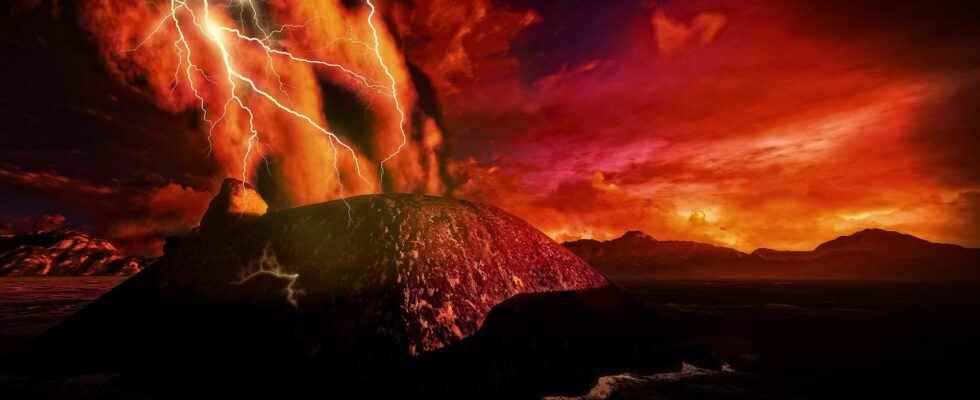You will also be interested
[EN VIDÉO] Six months on Mars: Google helps Perseverance remember On August 18, 2021, the Perseverance rover celebrated its six months on Mars. The opportunity for Google to stage some of the more than 125,000 photos that the machine has already taken of the red planet. A most original marketing video. As if Perseverance used Google Photos to sort through its memories. And stumbled on two searches: “water” and “Martians”… © Google
In Jezero Crater, the rover Perseverance been rolling for more than a year on very specific rocks. These rocks, which make up a large part of the basement of the Martian region of Nili Fossae, are rich in olivine magnesium. However, olivine is a mineral which, on Earth as on Mars, is characteristic of the coat. Finding it on the surface is therefore not trivial and could be significant of the occurrence of certain volcanic processes in the past of Mars.
This is not the first time, however, that this type of rock has aroused the interest of scientists. Already in 2005, Spirit, NASA’s rover then in function, reported the presence of similar rocks in the crater Gusev, a region very far from the current position of Perseverance.
Rocks very similar to terrestrial ignimbrites
Using infrared spectral data obtained from theorbit Martian, American researchers have shown that the rocks observed in the Jezero and Gusev craters had the same mineralogical composition. The two sites would therefore have experienced similar geological events.
The researchers then set about comparing these rocks to those we know on Earth. Their results, published in the journal Icarusshow that the texture and the morphology of these rocks of the Martian basement are relatively similar to those of terrestrial ignimbrites, volcanic rocks typical produced duringvolcanic eruptions particularly violent explosives. This hypothesis is also supported by the fact that these deposits appear to drape the pre-existing topography.
Ignimbrites are in fact made up of various debris from lavas (stones pumiceashes), heat-sealed after being ejected from the volcano during an explosive eruption producing fiery clouds. They testify to the presence of a magma very viscous and rich in gas. These are fairly common volcanic rocks on Earth that form large deposits also called tuff.
A planet shaken by cataclysmic eruptions
Due to the presence of olivine in these rocks, it had been believed for some time by scientists that the base of Nili Fossae was of volcanic origin. But this new interpretation suggesting that they are ignimbrites goes further in describing the history of Mars. All the data indeed suggests that the volcanic eruptions would have been much more cataclysmic than previously thought. The Red Planet would thus have known at the beginning of its history, in the Noachianseveral important explosive eruptions of this type, in different places, as suggested by the presence of ignimbrite both in Nili Fossae and in the Gusev crater. These very violent eruptions would have shaped the Martian landscape, covering it over large areas with successive volcanic deposits. For example, the ignimbrites currently cover an area of 18,000 km2 in the Nili Fossae region. No deposit of this scale has been identified on Earth.
Although the source(s) of the Martian ignimbrites are no longer identifiable today, it is likely that many stratovolcanoes have dotted the surface of the planet. Some craters in the Nili Fossae region could also be interpreted as ancient calderasbut differentiation with an impact crater remains difficult.
The presence of ignimbrites on the surface of Mars remains to be confirmed by direct rock analysis. For this, however, scientists will have to wait for the return to Earth of the samples taken by Perseverance, planned for 2031.
Interested in what you just read?
